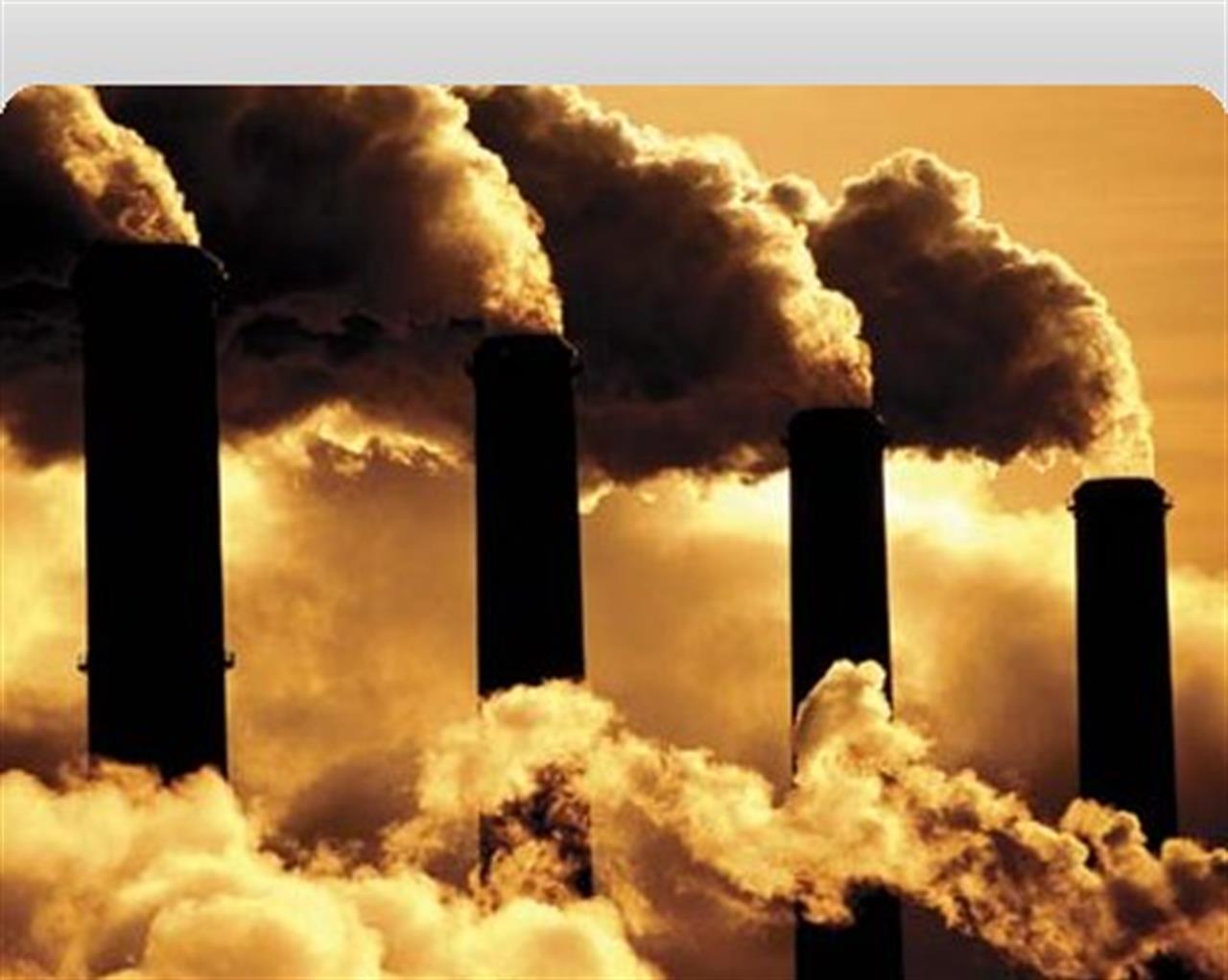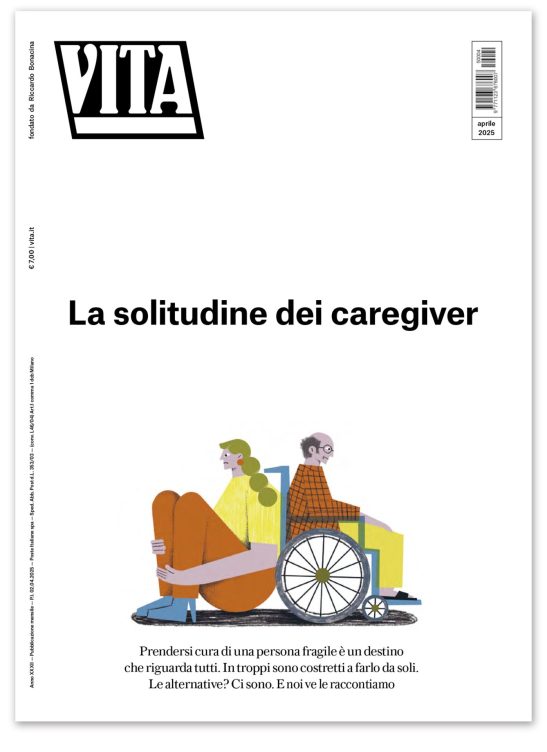Climate Summit standstill
The USA and China's stalling tactics put climate hopes at risk

What will the world’s temperature be five years from now? It all depends on what is decided in Durban, South Africa during the UN Climate Summit being held between 28 November and 9 December. Delegates representing 190 countries will sit around the negotiating table to try and reach an agreement that will set the course for the post-Kyoto era. The Kyoto Protocol, a treaty adopted in 1997, is still today the only (and insufficient) international point of reference for the reduction of greenhouse gas emissions.
The root of the problem lies in the US’s resistance to a post-Kyoto agreement on the one hand and on the other in China and India’s resistance. Japan, Russia and Canada all refuse to go on board unless the US and China, who are the world’s biggest polluters, do.
All recent scientific research suggests the need for swift action to stop global warming, said Christina Figueres, Executive Secretary of UNFCCC, the UN body charged with monitoring climate change. Speaking to journalists in Durban, Figueres said that the latest discoveries sound like an “alarm bell”. Among the findings cited, those of the World Meteorological Organisation which indicate that “the atmosphere has reached record levels of greenhouse gases.”
The European Union, represented in Durban by Tomasz Chruszczow, the representative of the current EU Presidency, Poland and by Artur Runge -Metzger, chief negotiator of the Union, warned of the urgent need to agree on a global level of carbon emission reductions by 2015.
Find out more: www.cop17-cmp7durban.com
Cosa fa VITA?
Da 30 anni VITA è la testata di riferimento dell’innovazione sociale, dell’attivismo civico e del Terzo settore. Siamo un’impresa sociale senza scopo di lucro: raccontiamo storie, promuoviamo campagne, interpelliamo le imprese, la politica e le istituzioni per promuovere i valori dell’interesse generale e del bene comune. Se riusciamo a farlo è grazie a chi decide di sostenerci.
